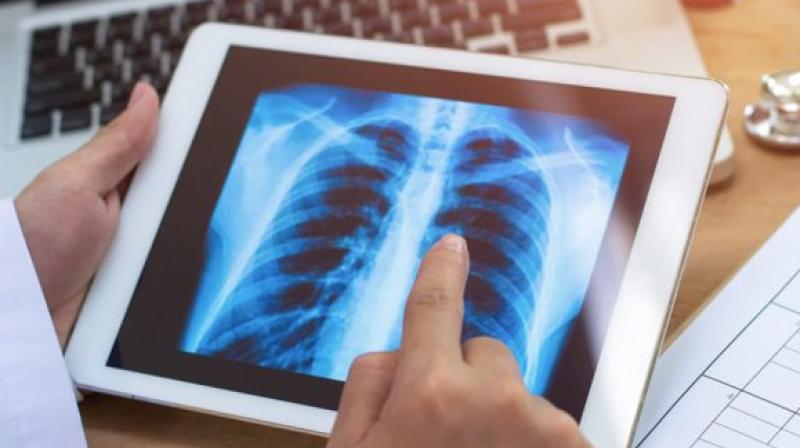Intel-based AI Imaging Solution to accelerate critical patient diagnoses

Intel and GE Healthcare are teaming up to deliver artificial intelligence (AI) solutions across multiple medical imaging formats to help prioritize and streamline patient care. By leveraging the Intel Distribution of OpenVINO toolkit running on Intel® processor-based X-ray systems, GE Healthcare is accelerating deep learning with medical imaging at the point of care. Using this system, X-ray technologists, critical care teams and radiologists will be immediately notified to review critical findings that may accelerate patient diagnosis.
“With the OpenVINO toolkit running on existing Intel processors, in early testing GE Healthcare achieved a 3.3 times improvement in deep learning optimization, which enables early prioritization and escalation of critical conditions to ensure faster treatment for our patients. Intel technologies will enable GE Healthcare to extend AI solutions across multiple imaging modalities to transform radiologist workflows and patient care,” stated Keith Bigelow, SVP of Edison Portfolio Strategy, GE Healthcare.
By deploying deep learning solutions on existing infrastructure, optimized with Intel AI software solutions, GE Healthcare has the potential to power more efficient and effective care, enhance decision-making, and drive greater value for patients and providers.
One key implementation of this technology is providing earlier detection of a collapsed lung, also known as “pneumothorax” – a potentially life-threatening event. Radiologists can now deploy optimized predictive algorithms that scan for and detect pneumothorax within seconds at the point of care, allowing rapid response and reprioritization of an X-ray for clinical diagnosis.
In early testing, when GE Healthcare employed the OpenVINO toolkit on its pneumothorax models, pneumothorax detection on its Intel processor-based X-ray system accelerated by 3.3 times compared with models without OpenVINO toolkit optimizations. Optimizations improved performance across models, with the pneumothorax model receiving the most benefit. Overall pneumothorax detection dropped from just over three seconds to within seconds.
Medical imaging is the largest and fastest-growing data source in the healthcare industry. It accounts for 90 percent of all healthcare data – and more than 97 percent of it goes unanalyzed or unused1. Before now, processing this massive volume of medical imaging data could lead to longer turnaround times from image acquisition to diagnosis to care. Meanwhile, patients’ health could decline while they wait for diagnosis. Especially when it comes to critical conditions, rapid analysis and escalation is essential to accelerate treatment.
